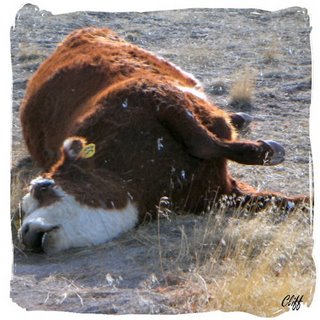The Vice President seems to think it is. Cheney told ABC's George Stephanopoulis that the election and public sentiment will not affect the administration's war policy; in other words, stubbornness in the "right". In an interview to be broadcast Sunday on "This Week", the VP said:
"It may not be popular with the public — it doesn't matter in the sense that we have to continue the mission and do what we think is right. And that's exactly what we're doing," Cheney said. "We're not running for office. We're doing what we think is right."Cheney's headstrong full steam ahead no matter what happens does not exhibit good leadership qualities.
Even God bent to the political will of the people. Remember when the Israelites wanted the hip world of kings instead of judges? Wallah! After a political science lecture by God on why kings were bad, the people's wish was not only granted but also supported. Enter King Saul, who in turn was followed by the heavenly anointed King David.
Of course, the brilliance of our system is that our politicians are set up to be responsive to the American people. God cherishes our freedoms and liberties to choose. But even if it were conceivable that He did not, we'd still want our current system that is of the people, by the people and for the people.
A new congress may have to remind the Vice President how little a presidency can do without Congressional approval. At a minimum, congress has the purse strings and can literally stop the cogs of government from turning. Stubbornness in following what they think is right above what the American people might think ultimately has dire consequences for those in power. It's the beauty of the American system and its check on elitist thinking.


































